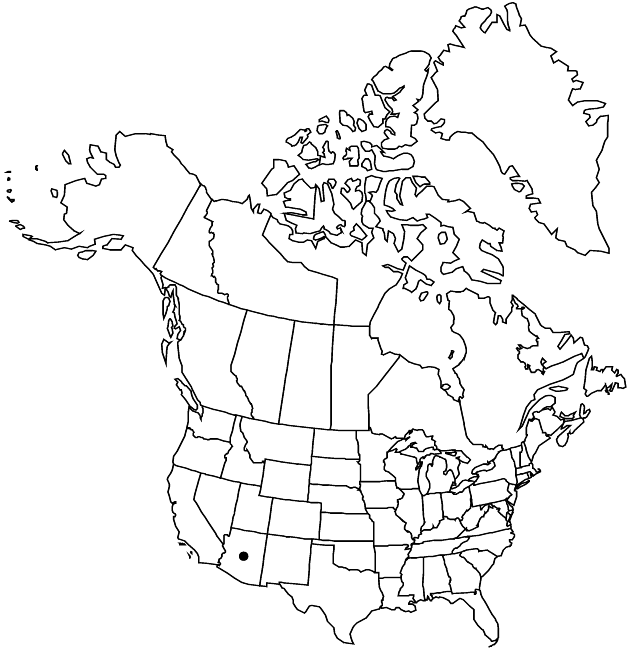Difference between revisions of "Ambrosia cordifolia"
J. Arnold Arbor. 45: 421. 1964.
Basionym: Franseria cordifolia A. Gray
FNA>Volume Importer |
FNA>Volume Importer |
||
| Line 49: | Line 49: | ||
|publication year=1964 | |publication year=1964 | ||
|special status= | |special status= | ||
| − | |source xml=https://jpend@bitbucket.org/aafc-mbb/fna-data-curation.git/src/ | + | |source xml=https://jpend@bitbucket.org/aafc-mbb/fna-data-curation.git/src/8f726806613d60c220dc4493de13607dd3150896/coarse_grained_fna_xml/V19-20-21/V21_10.xml |
|tribe=Asteraceae tribe Heliantheae | |tribe=Asteraceae tribe Heliantheae | ||
|subtribe=Asteraceae (tribe Heliantheae) subtribe Ambrosiinae | |subtribe=Asteraceae (tribe Heliantheae) subtribe Ambrosiinae | ||
Revision as of 16:28, 18 September 2019
Shrubs, 30–50+ cm. Stems erect. Leaves mostly alternate; petioles 3–35 mm; blades deltate to rounded-deltate, 10–35(–80) × 10–30(–70) mm, bases cordate to truncate, margins coarsely toothed, abaxial faces densely puberulent (including veins), adaxial faces strigillose to scabrellous and gland-dotted. Pistillate heads clustered, proximal to staminates; florets (1–)2. Staminate heads: peduncles 0–1 mm; involucres cup-shaped, 2–3(–5) mm diam., strigillose; florets 8–30+. Burs: bodies ± globose to fusiform, 3–4+ mm, tomentulose and stipitate-glandular, spines 8–20+, scattered, ± subulate (basally navicular), 1–2 mm, tips straight or uncinate.
Phenology: Flowering Mar–Apr.
Habitat: Sandy washes, benches
Elevation: 700–1200 m
Distribution

Ariz., Mexico (Sinaloa, Sonora).
Discussion
Selected References
None.
Lower Taxa
None.